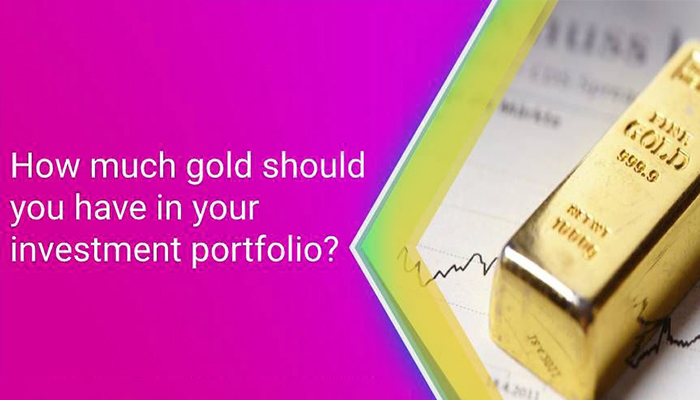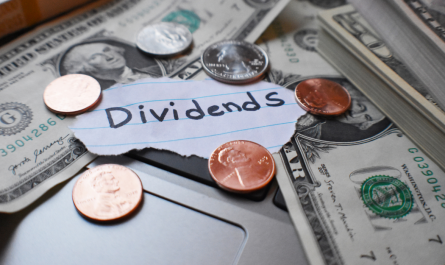Buying Gold for investment purpose is not considered a good strategy because neither does the Gold gives handsome returns nor the dividend as equity investment gives. Warren Buffet has termed Investment in Gold is “Stupidity”. However, each time when the gold prices surges and market plunges, there is a talk about “hedging portfolio through Gold”.
Most of the financial planner suggests that gold should be bought only for personal consumption in the future and not for the investment as the same does not provide any considerable returns. Investment in gold like bullion, bars, biscuits, jewelry, and coins comes with an inherent risk of security, storage, and safety, and the returns are thoroughly dependent on the price of the gold which swings with the inflation rates, GDP numbers, monsoon, political turmoil, war, etc. Even if one insists on buying on gold as an investment then the same shall not construe more than 5% of the portfolio.
Recommended Read Home Loan Golden Rules
Gold prices are inversely proportionate to equity i.e. one rises while other falls. If you look at the historical returns, equity provides better returns than Gold. However, the volatility in equity is far more than as compared to Gold. But after witnessing the market crash in 2008 (global meltdown which is a very rare event and does not happen too often), many astute investors started hedging their investment portfolio through Gold.
With recent wild swings in the share market, many investors have started feeling like 2008-09, and the question of investment in Gold has started popping up in the mind again. But one question remains constant that how much gold should be in an investment portfolio or how much gold allocation in the portfolio.
The answer to this question can be ascertained by considering three situations
Table of Contents
Portfolio Allocation between Equity, Gold & Fixed Income
Firstly, I have taken returns of 2008, which was the worst year in terms of equity returns i.e. -52%.
It is clearly evident from the above calculation, that if the investor had allocated his/her investment in the ratio of 50:20:30 into equity, fixed income and gold, then he would have suffered from the lowest loss.
In the second situation, I have taken the returns of 2009, which was the best year in terms of returns from equity to date i.e. 75.80%.
From the above it can be ascertained that if the investors had allocated his/her investment in the ration of 70:10:20 into equity, fixed income and gold, then he would have fetched the maximum gains.
The last case is the 20 years CAGR returns of equity as well as gold
If we increase the investment horizon and see the historic returns from equity and gold for the past 20 years i.e. from 1998 to 2018, best allocation seems to be 60:10:30 into equity, fixed income and gold.
Words of Wisdom
It is prudent that investing 5% or 10% in Gold does not make much difference in any unwanted event, at least 20% should be invested in Gold for considerable safety. Further, for the people who depend completely or partially on the fixed income in day-to-day needs, the investment in the fixed income plans should not be less than 20%. Thus, investment ratio of 60:20:20 into equity, fixed income and gold seems best for long-term as well as also performed comparatively well at the time of global crisis.
Recommended Read Company Fixed Deposits Risks and Rules to know before Investing
The Market Crash witnessed by the world in 2008 does not happen too often but that does not mean one should not invest in Gold. Investment in Gold shall always be the part of the portfolio to hedge against the uncertain event. Traditionally investment in gold means bullion, jewelry or coins but now gold investment can also be done in paper form i.e. through Sovereign Gold Scheme or Gold Deposit Schemes by SBI. The benefits of investing in paper form not only avoid the inherent risk of safety and storage but also provide a fixed yearly interest, which traditional investing in yellow metal lacks.



